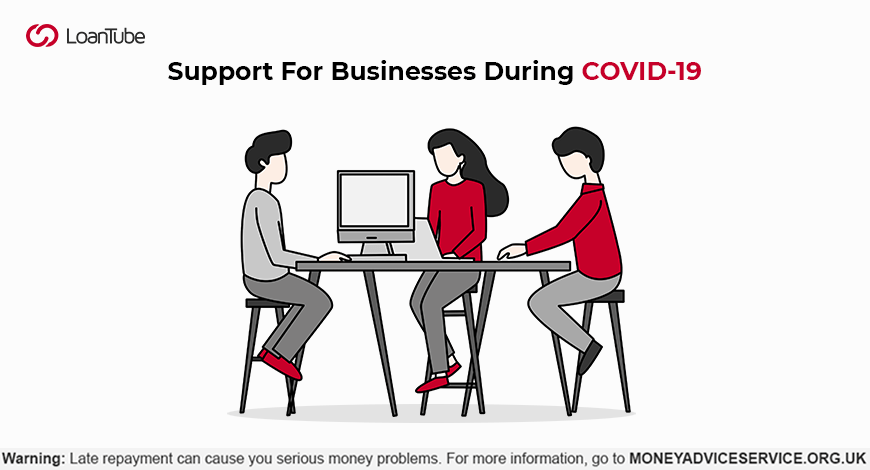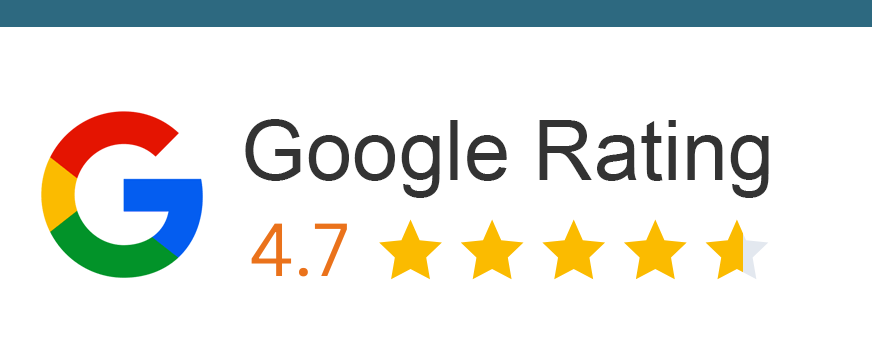COVID-19 has put the global economy to a halt. The UK has been facing the wrath of the pandemic since March 2020. The catastrophe shook the foundations of even age-old, established firms. So one can only imagine the plight of new and small scale businesses after this pandemic hit the UK. But the UK Government took a stand for these business-owners and rolled out a self-employment grant to alleviate their suffering. Although, there are certain pre-requisites that you need to fulfill to qualify for this grant. Since this grant aims to be a quick relief action, you may receive the proceeds within 6 working days.
We’ve covered the most frequently asked, ‘need to know’ questions about the self-employed grant, designed to aid small businesses in peril.
Representative Example: £12,000 over 66 months, 31.9% APR fixed. Monthly payment £358.22 Annual interest rate 28.01% fixed. Interest payable £11,642.52. Total repayable £23,642.52. Representative Example: £12,000 over 66 months, 31.9% APR fixed. Monthly payment £358.22 Annual interest rate 28.01% fixed. Interest payable £11,642.52. Total repayable £23,642.52. Representative Example: Loan Amount: £20950.00, Loan Term: 85 Months, Interest Rate: 23.00% PA Variable. Monthly Repayments: £537.44. Total Amount Repayable: £45,682.15. This example includes a Product Fee of £2,095.00 (10% of the loan amount) and a Lending Fee of £714.00 Representative Example: Loan Amount: £20950.00, Loan Term: 85 Months, Interest Rate: 23.00% PA Variable. Monthly Repayments: £537.44. Total Amount Repayable: £45,682.15. This example includes a Product Fee of £2,095.00 (10% of the loan amount) and a Lending Fee of £714.00 Representative Example: Borrowing £3000 over 36 months with a representative APR of 39.9% (variable),the amount payable would be £134.21 a month,with a total cost of credit of £1831.56 and a total amount payable of £4831.56. Representative Example: Borrowing £3000 over 36 months with a representative APR of 39.9% (variable),the amount payable would be £134.21 a month,with a total cost of credit of £1831.56 and a total amount payable of £4831.56.Maximise your options: Compare and apply for loans below with LoanTube
Apply Filters

Loan Amount
£4000 -
£20000
Norwich Trust
Loan Term
1 -
10 years
4.8/5
Representative APR
31.90%
Minimum Age
21 Years

4.8/5
Norwich Trust
Loan Amount
£4000 -
£20000
Loan Term
1 -
10 years
Representative APR
31.90%
Minimum Age
21 Years
Minimum Income
£2000 per month

Loan Amount
£5000 -
£100000
Evolution Money Loans
Loan Term
1 -
20 years
4.5/5
Representative APR
28.96%
Minimum Age
18 years

4.5/5
Evolution Money Loans
Loan Amount
£5000 -
£100000
Loan Term
1 -
20 years
Representative APR
28.96%
Minimum Age
18 years
Minimum Income
Not mentioned

Loan Amount
£1000 -
£10000
1Plus1 Guarantor Loans
Loan Term
1 -
5 years
4.4/5
Representative APR
39.90%
Minimum Age
18 years

4.4/5
1Plus1 Guarantor Loans
Loan Amount
£1000 -
£10000
Loan Term
1 -
5 years
Representative APR
39.90%
Minimum Age
18 years
Minimum Income
Not mentioned
Can I claim the self-employed grant?
The self-employed grant is designed to help businesses affected by COVID-19, stand on their feet again. This grant will aid business-owners who:
- Were unable to stay afloat due to loss of income
- Had to stop working to take care of someone
The Self-employment Income Support Scheme could cover about 80% of the average profits that you normally earned, up to £7,500 for the three months. To claim the benefits of the third grant, your business must have been impacted by the pandemic on or after November 1’ 2020. You must apply for the self-employed grant by January 29’ 2020.
The basic eligibility criteria to apply for the self-employed grant is as follows:
- You must be a self-employed individual or be in a partnership.
- You must have proof of trading in the previous two tax years, with a Self Assessment tax return.
- Your business has taken a hit due to a fall in demand owing to the pandemic.
- You’ve had to halt your business due to COVID-19.
- You must declare that you plan to continue to run the business and that your business will incur losses due to COVID-19.
To make your claim, you’ll need the following documents:
- Self Assessment Unique Taxpayer Reference (UTR)
- National Insurance number
- Government Gateway user ID and password
- Your UK bank account details: Account number, sort code, account holder’s name, and address.
- Personal details like your passport number or driver’s license information.
How will HMRC check my eligibility for the self-employed grant?
If you plan to claim the third grant, HMRC will assess if you meet the eligibility criteria for the self-employed grant, based on your trading profits and non-trading income. This information will be available in your Self Assessment tax returns. Once you qualify the HMRC’s conditions, you will be assessed upon other pre-requisites.
Trading profits refer to profits from trading or partnership in the trade. To calculate your total trading profits, the HMRC will subtract any allowable expenses such as deductions, capital allowance, or flat rate expenses (expenditure on working equipment for employees).
Profits from your business
The HMRC will calculate your trading profits by adding losses that you carried forward from the previous years to the total taxable profits from your business.
Profits from partnership
Your share of the partnership’s profit will be calculated after adding the losses carried forward from the previous years to the share of total taxable profits from the partnership’s business.
Trading profit on a tax report is the profit after allowable business expenses. If you ran more than one trade within the same tax year, then the trading profit can be calculated by adding all profits and deducting any losses incurred during the trade.
Now, if you’ve traded for all of the previous three tax years, the tax return for 2018 to 2019 will be considered. Herein, your trading profits should not exceed £50,000 and at least be equal to your non-trading income.
Based on this, if the HMRC deems you not eligible for the self-employed grant, they will assess you based on the tax years 2016 to 2017, 2017 to 2018, and 2018 to 2019. For a detailed insight into how trading profits are calculated, visit the GOV.UK website.
Can different circumstances affect my eligibility?
Here are the different circumstances that could affect your claim for the self-employed grant:
- If your tax return is late, amended, or under inquiry
- If you’re a member of a trade partnership
- If conceiving a new child impacted your trading profits reported for the tax year 2018-2019
- If you have loans covered by the loan charge and have not agreed on a settlement with HMRC before 20 December 2019
- If you claim averaging relief
- If you’re a military reservist
- If you’re non-resident or chose the remittance basis
How to claim the self-employed grant?
The application process for the self-employed grant is pretty straightforward if you’ve already organized the data to be submitted. You can apply at the online portal for claims on the GOV.UK website. If HMRC deems you eligible for the grant, you’ll receive the funds within 6 business days.
If you are unable to apply online, check how you can get in touch with HMRC for assistance.
Remember:
- You will only be eligible for this grant if you intend to continue to trade in this tax year. So in case you’re planning to become an employee elsewhere, you’ll have to return the funds and stop trading. You cannot benefit from this claim if you choose to work somewhere as an employee.
- The monetary benefits from the self-employed grant are counted in your taxable income.
- You should avoid making the claim through a tax agent. Asking a tax agent to apply on your behalf may prompt a fraud alert.
The HMRC will scrutinize all the claims that they receive and take necessary actions to withhold or recoup dishonest or inaccurate payments. If it’s in your knowledge that you’ve been overpaid or have received the funds despite your ineligibility, you may be charged a penalty.


